As the vaccine rollout gathers momentum, the weather starts to get warmer, and the days longer, inevitably thoughts are turning to the days when we might be able to start walking again.
In view of this we have been giving some thought to our terms and conditions for packages and whether they need to be adapted for these unusual circumstances.
With this in mind, we have introduced a “Coronavirus Clause” to our standard booking terms and conditions, the salient points of which are as follows:
1.If a holiday has to be cancelled because of national lockdown or local lockdown on the Thames Path, then you will receive a full refund. This is not new but we are just making it clear
2. Additionally, and this is a change, if you have to cancel because of coronavirus illness OR local lockdown in your area OR travel restrictions preventing your arrival, we will defer your holiday.
We anxiously await the Prime Minister’s announcement due on Monday. However, we remain optimistic that we will be pretty much back to normal by May.
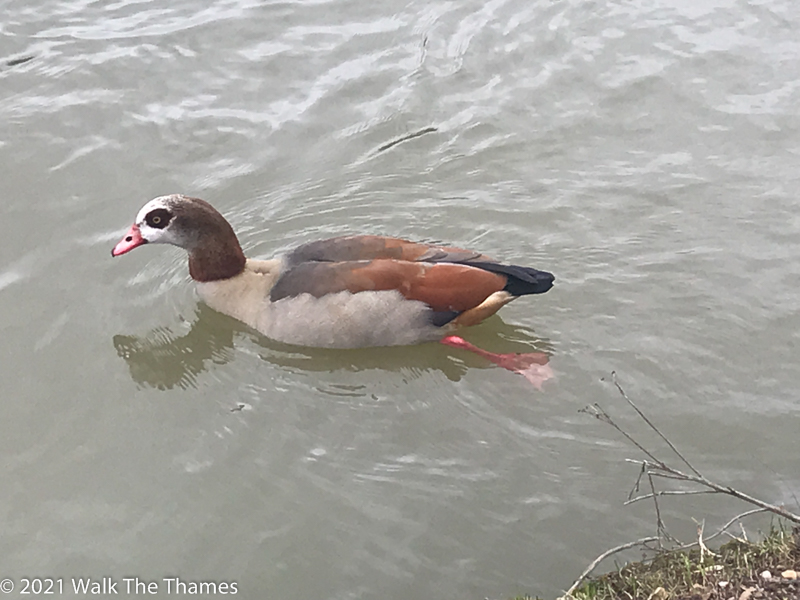
We start with some disappointing but understandable news: Henley Royal Regatta is to be postponed (note postponed not cancelled). They hope to be able to hold it in August either at Henley or at Dorney Lake. Like the Chelsea Flower Show, the issue is not what conditions will be like at the end of June (when the event would be held) but that construction of the site cannot be started in March as usual.
Lara Maiklem, author of Mudlarking: Lost and Found on the River Thames is hosting a webinar on Tuesday March 2 at 7pm via zoom. The talk will focus on the Thames at Bankside and the objects she has found dating from the 16th and early 17th centuries. Tickets cost £5 and can be purchased here.
This week Ramblings, with Clare Balding, featured walking the Thames Path from Pangbourne to Goring with local film director Gareth Ellis-Unwin (notable for The King’s Speech). The clip is still available on BBC Sounds.
Dame Judi Dench will be appearing at the Mill at Sonning on 25 July. She will be in conversation with her friend and fellow actor Simon Williams. This will be to raise funds for the venue and tickets, which include a 3 course meal, are priced at £500.
Our next webinar will be held next Thursday at 7pm and will be an Introduction to the Thames Path. It covers practical steps: how far it is, how to get there, the best times to walk, where to stay and some of the places of interest along the way. You will need to register to participate.
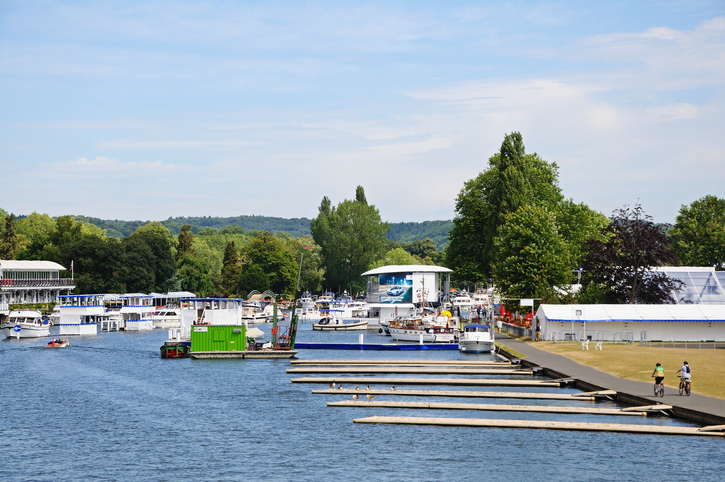
Last weekend we experienced a deep freeze and the Thames froze at Teddington Lock. Teddington marks the point where the river becomes tidal and therefore moves slower here than elsewhere. It was not quite as frozen as in the Big Freeze of 1963; nor was it sufficient to host a Frost Fair – the last one being held in 1814 when an elephant walked across the river at Blackfriars.
Whilst most of the flood warnings have now gone, and just a handful of flood alerts remain in place, the Path is very muddy in places so do take care if you are lucky enough to be able to Walk from Home.
Also the small footbridge on the right bank at Benson Lock has been closed by the Environment Agency due to safety concerns (we don’t know what the concerns are). So, there is no way across at Benson. We recommend you follow the roads from Benson to Wallingford which will, unfortunately, necessitate walking for a short while along the busy A4074 (pavement available).
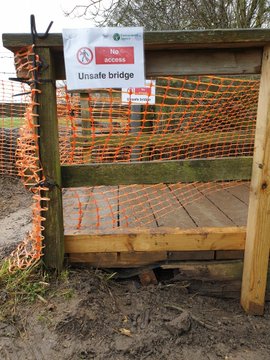
This week was National NestBox Week marking the time of year when birds start to nest. There is a shortage of natural nests as gardens and parks are neater than they used to be. Building methods have also changed, reducing the number of nooks and crannies available for birds. So now is the time to put up a bird box. More information can be found here.
Interest in archaeology has had a boost following the release of The Dig, a film about the discovery of the Anglo-Saxon burial grounds at Sutton Hoo.
So it is no surprise that the discovery of an iron age settlement and a Roman villa at the Earth Trust’s visitors centre near Wittenham Clumps should feature prominently in the news.
The find was discovered as part of the redevelopment of the centre which can be found close to Wittenham Clumps. The Clumps are a pair of hills near Dorchester on Thames, one of which was the site of an iron age hill fort. Details of how you can detour to the Clumps from the Thames Path can be found here.
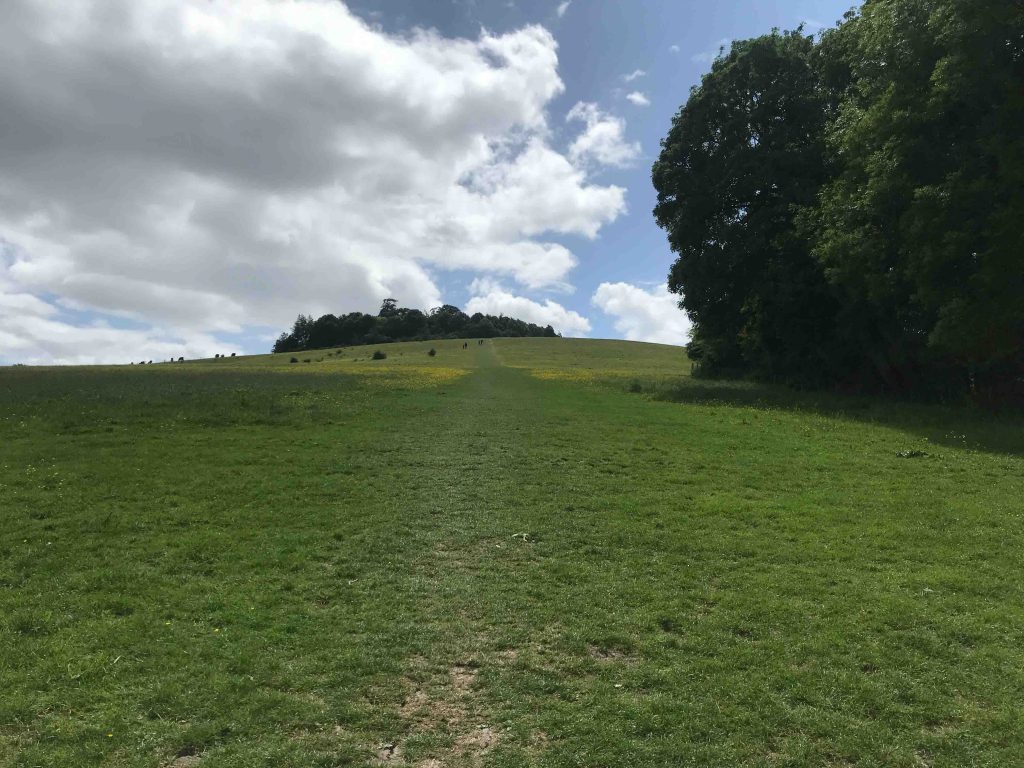
Last week we covered the section from Pangbourne to Tilehurst. We pick up the route at the point where the Path rejoins the river, dropping steeply down from the A329 at the former Roebuck Hotel.
In days of old, a ferry service operated here as the tow path switched to the other side of the river for a few hundred yards. You can still see the evidence of this in the form of Roebuck Ferry Cottage, found a few yards to your left when you rejoin the Path.
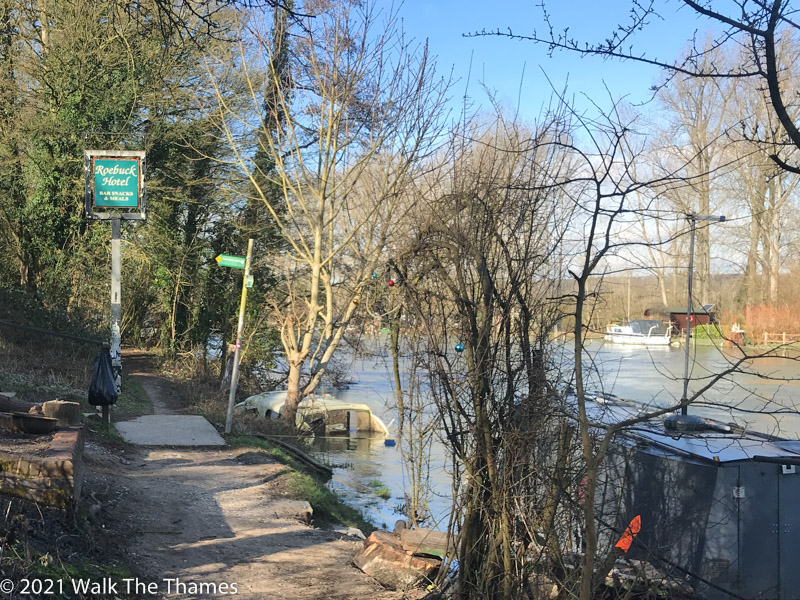
The Path threads a narrow line between the Great Western Railway and the river. The path here is firm underfoot and rarely floods. If in summer, you will be glad of some shade. Your next opportunity to leave the Path is a mile on at Scours Lane, just past Thames Canoe Hire. Scours Lane will take you back to the A329 where you will find a convenience store and Waitrose.
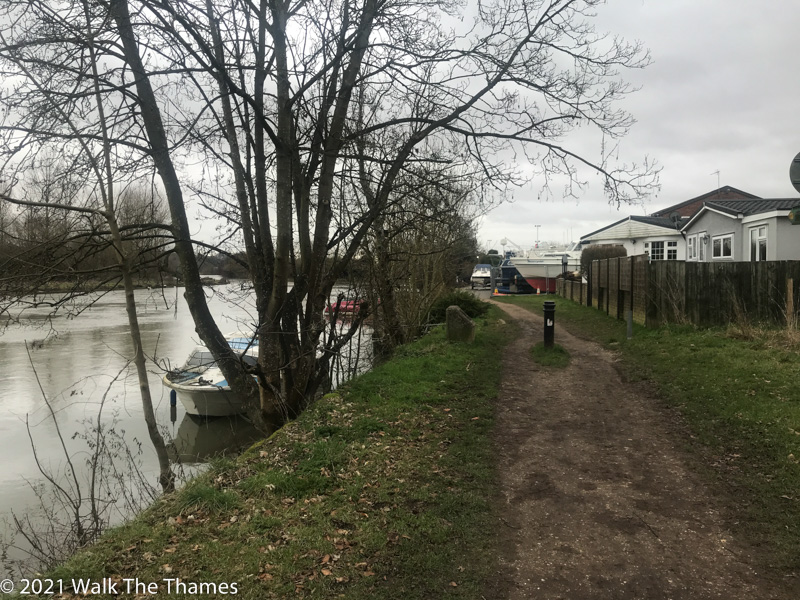
Past Scours Lane the vista opens up as the Path passes through open fields. This is the site of Reading Festival, one of the largest rock festivals held in the UK. It takes place in the last weekend of August. Although the Path is unaffected during the day, diversions are in place at night. It can also be surprisingly busy at that time: presumably anxious parents are booking nearby hotels. If you do find yourself walking past the camp during the day, don’t be surprised to see lots of bare legs, wellington boots, tents and cans of beer. It is quite a sight!
And so to Caversham Bridge. A half mile from the bridge, the footpath becomes a tarmac one as we walk through the park. As we approach Caversham Bridge care must be taken to avoid the plethora of geese (and their deposits), swans and rowers from Reading Rowing Club, founded in 1867.
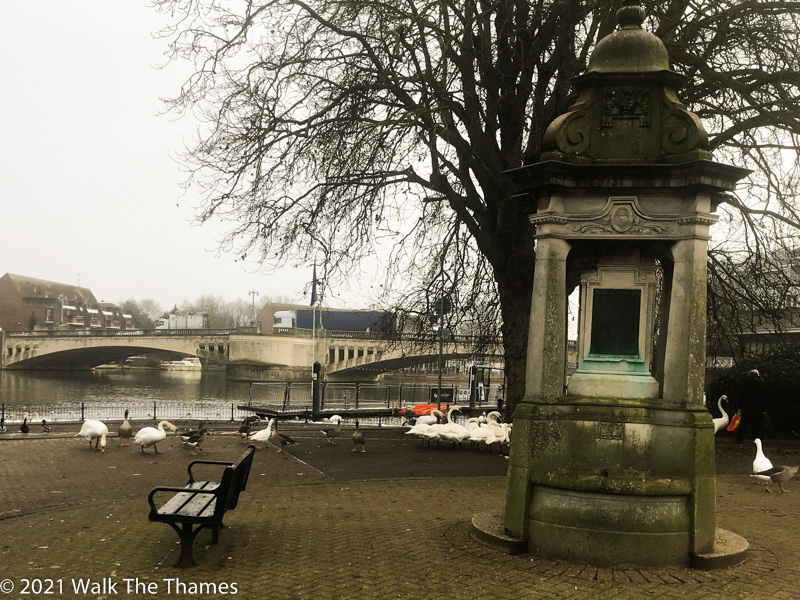
The bridge itself is relatively new having been built in 1926. It is the fourth iteration, the first having been completed in 1231 under the direction of Henry III. The bridge connects Reading, to the right, with Caversham. The demesne of Caversham was owned by William Marshall. Marshall made his fortune by competing in jousting tournaments and soon became known as “the finest knight that ever lived”. He served five kings, most latterly as regent to Henry III who became king at the tender age of nine. On his deathbed he was admitted as a Knight of the Templar and is buried in Temple Church, London, just off the Thames Path.
Caversham was, from the middle ages, a pilgrimage site, with a Shrine of Our Lady along with a chapel of St Anne, the mother of Mary, which was on the bridge. The chapel is said to have held the blade of the spear that pierced Jesus’ side at his crucifixion.
Caversham Court, which can be seen across the river as you approach the bridge, site of a former medieval mansion, is now a lovely terraced garden; not a bad place to enjoy a well-earned cup of tea from the kiosk. In the summer, outdoor performances of Shakespeare are held.
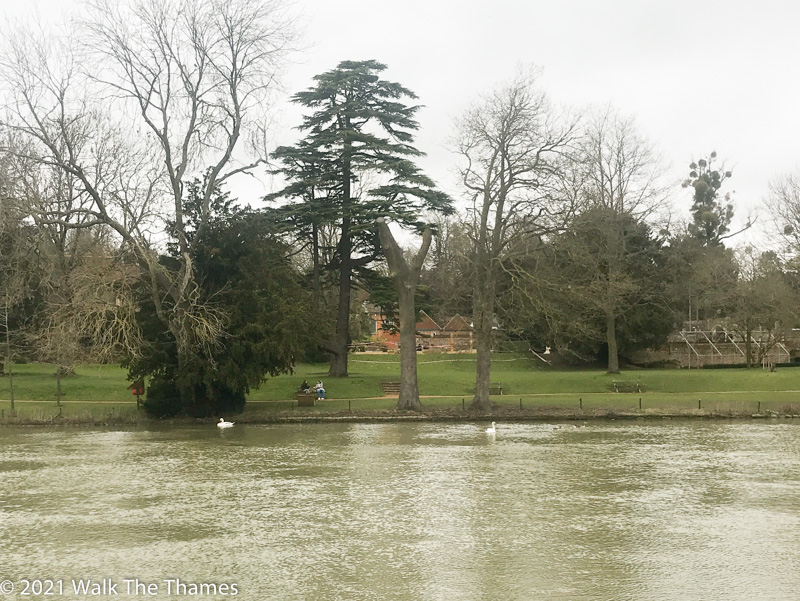
Caversham village, found across the bridge, runs between Caversham and Reading Bridges, across the water from Reading. So you could, having visited Caversham, carry on along the river and rejoin the Thames Path at the next bridge. There are some nice independent restaurants in Caversham, the best being a family-run Italian, Papa Gee.
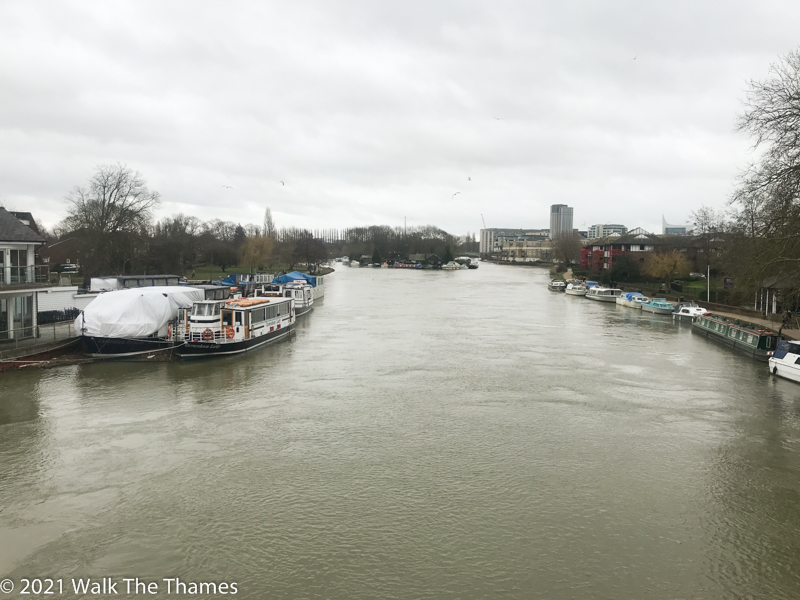
High up on the hill above Caversham is Caversham Park, a Grade II stately home built around 1850. Not visible from the Thames Path (you can see it if approaching Reading by car along the A329M) and too far to detour from the Thames Path, it became the home of the BBC Monitoring Service during the war. The BBC remained here, in the form of Radio Berkshire, until 2018. Set in 93 acres it is currently for sale.
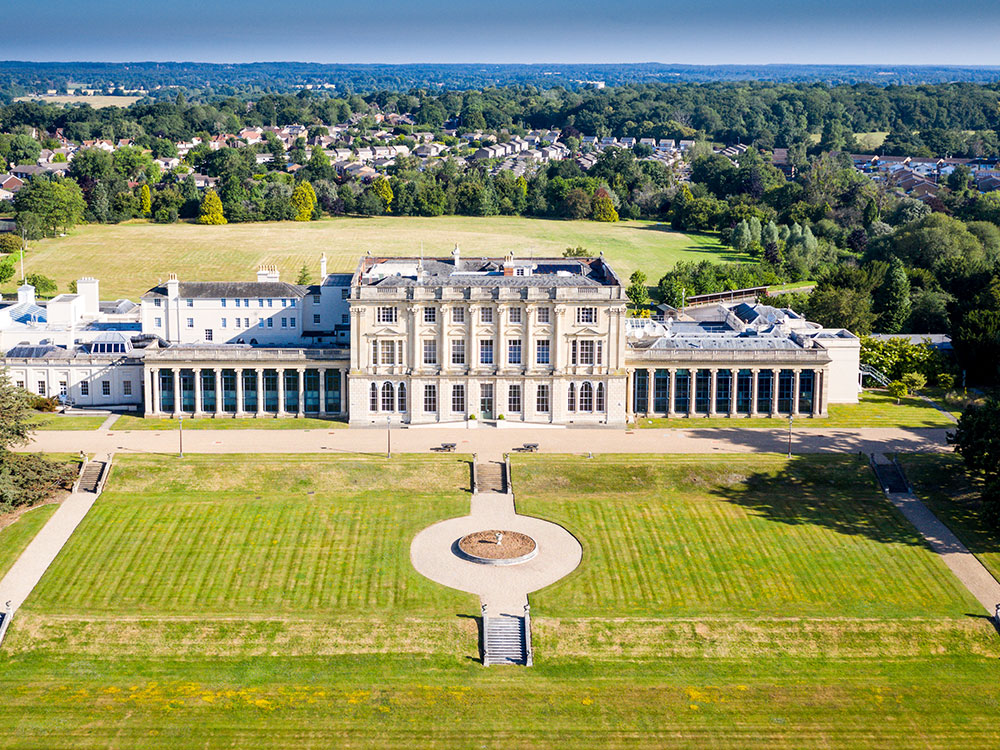
That’s all folks. Next week we’ll have a walk around Reading, England’s largest town.
ps If you’ve enjoyed following the Thames Path from Tilehurst to Reading, then you might enjoy this short video (taken in summer) on our YouTube channel.
Ready to book?
| Cookie | Duration | Description |
|---|---|---|
| cookielawinfo-checkbox-analytics | 11 months | This cookie is set by GDPR Cookie Consent plugin. The cookie is used to store the user consent for the cookies in the category "Analytics". |
| cookielawinfo-checkbox-functional | 11 months | The cookie is set by GDPR cookie consent to record the user consent for the cookies in the category "Functional". |
| cookielawinfo-checkbox-necessary | 11 months | This cookie is set by GDPR Cookie Consent plugin. The cookies is used to store the user consent for the cookies in the category "Necessary". |
| cookielawinfo-checkbox-others | 11 months | This cookie is set by GDPR Cookie Consent plugin. The cookie is used to store the user consent for the cookies in the category "Other. |
| cookielawinfo-checkbox-performance | 11 months | This cookie is set by GDPR Cookie Consent plugin. The cookie is used to store the user consent for the cookies in the category "Performance". |
| viewed_cookie_policy | 11 months | The cookie is set by the GDPR Cookie Consent plugin and is used to store whether or not user has consented to the use of cookies. It does not store any personal data. |